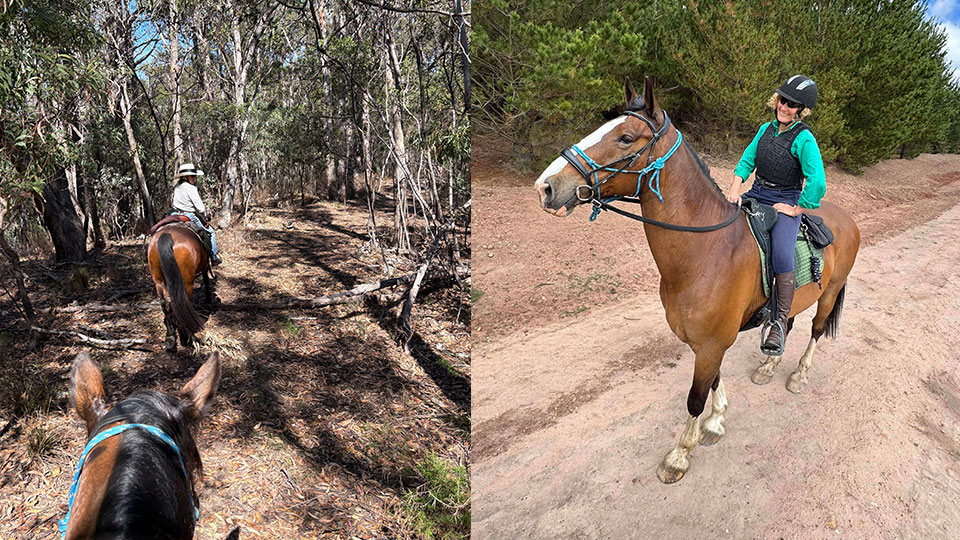
I firmly believe that the vast majority of people operate with their best positive intentions. We come to work to do the best job we can.
And sometimes it doesn’t look like that!
Here are 5 ways that leaders (unintentionally) thwart the development of a Fearless Culture:
1. They run boring meetings
How many hours a day do people at your place spend in meetings? How long do they spend preparing? And how effective are those meetings in:
- Communicating key messages?
- Formulating plans, generating ideas, and developing insight?
- Engaging people?
I am guessing your answer … And it’s not pretty, right? Many leaders run unfocussed and boring meetings that lack a clear purpose, and lead to few actionable agreements.
2. They tell and don’t ask
When people are ‘told’ what to do they are unlikely to engage, nor to truly commit to the actions defined. They may not voice potential pitfalls they see, or offer the alternative suggestions they have. A Fearless Culture is not a culture of ‘yes sir’!
3. They need to be in ‘control’
Feeling the need to be in constant control of people and situations is exhausting, and results in the leader working much ‘harder’ than they need to. (See my blog ‘Give up control to become a better leader’ for more.) G pls link to eNews 23 May 2016 It is also disempowering for the team around the leader. Great leaders guide and lead towards outcomes – they don’t need to control.
4. They don’t develop their people on the job
In recent research done by the Australian Institute of Management#, 38 per cent did not agree with the statement ‘my manager helps me perform at my best’.
5. They are afraid to be fearless
It takes courage to face your own shortcomings, to connect deeply with others, and to build a fearless culture. Some leaders are afraid to do this; others have the courage but not the skill.
How well are the leaders across your organisation doing?
And the solution?
Leaders who coach build Fearless Cultures. With coaching skills in their leadership toolkit, leaders:
- Facilitate meetings that are purpose-focused collaborative conversations.
- Engage people and ideas through questions – more ask and less tell.
- Guide towards outcomes – they don’t need to control.
- Find opportunities every day to develop their people.
- Have courage to be grounded in the face on uncertainty and fear.
If you want to build a Fearless Culture across your organisation, let’s talk.
Go fearlessly
STAY IN THE LOOP





